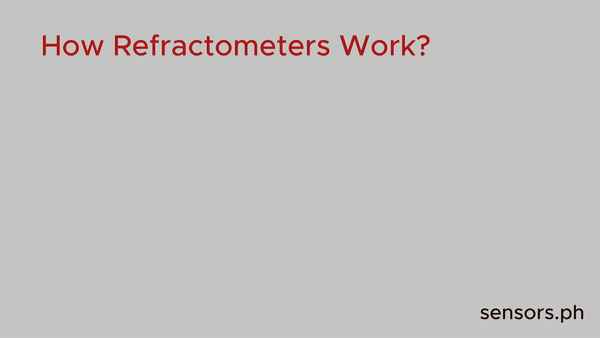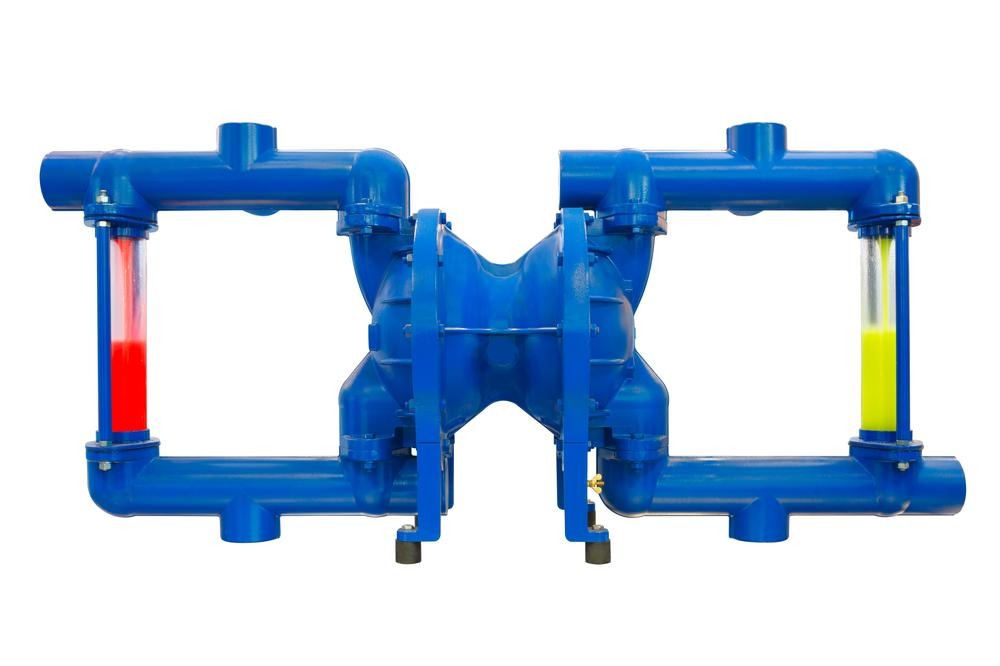- Home
- PUMPS BY AREAS
-
-
-
-
NORTH AMERICA
SOUTH AMERICA
-
NORTHERN EUROPE
WESTERN EUROPE
-
EASTERN EUROPE
SOUTHERN EUROPE
-
ASIA
AFRICA
-
OCEANIA
MIDDLE EAST
-
-
- PUMPS BY TYPES
-
- PUMPS BY APPLICATIONS
-
- PUMPS BY MEDIA
-
-
-
-
WATER
-
FUEL/OIL
-
SLURRY
-
INDUSTRIAL FLUID
FOOD/DRUG
-
SOLID
AIR/GAS
-
-
- PUMP RELATED
-
- PUMP PERFORMANCE
- US States
-
- SEPARATORS









